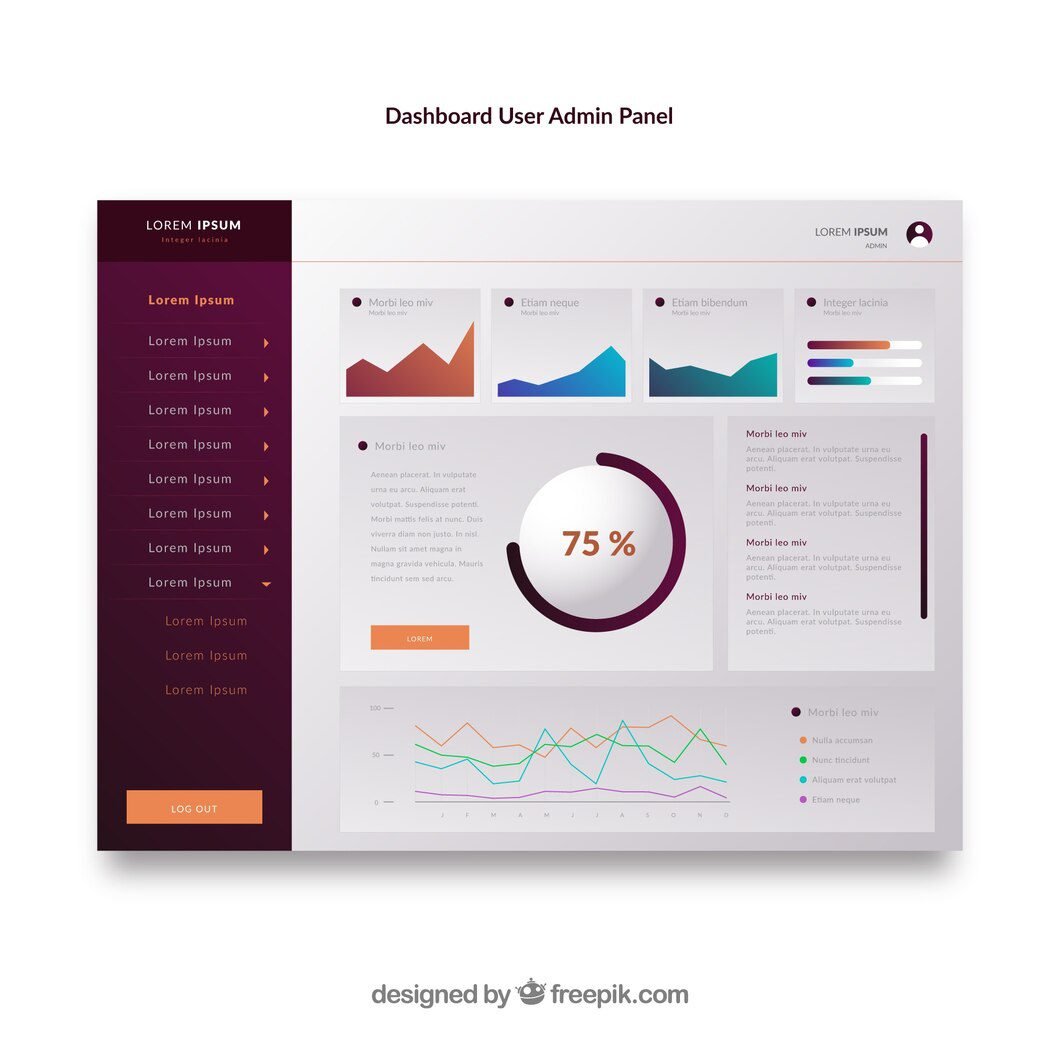Introduction
WordPress powers 43% of websites, and at its core lies the ability to customize user data. The `update_user_meta()` function is a developer’s Swiss Army knife for storing preferences, tracking activity, or extending user profiles. But misuse it, and you’ll open a Pandora’s box of security risks and broken sites.
As a Boston-based WordPress developer with 15+ years of experience, I’ll show you how to harness this function like a pro.
What is `update_user_meta()`?
This WordPress function lets you **store custom data** for users in the `wp_usermeta` database table. Think of it as a way to:
– Add birthday fields to user profiles.
– Track course progress in an LMS.
– Save user preferences (e.g., dark mode toggle).
Basic syntax:
“`php
update_user_meta(
int $user_id,
string $meta_key,
mixed $meta_value,
mixed $prev_value = ”
);
“`
When to Use It (and When NOT To)
Use Cases:
– Adding custom registration fields (e.g., “Company Name”).
– Saving user-generated settings (e.g., newsletter preferences).
– Storing temporary data (e.g., abandoned cart items).
Avoid For:
– Sensitive data like passwords (use WordPress’ built-in security functions).
– Core WordPress fields (e.g., email)—use `wp_update_user()` instead.
Step-by-Step: How to Use `update_user_meta()`
1. Hook into the Right Action
Use `user_register` or `profile_update` hooks to trigger your code:
“`php
add_action(‘profile_update’, ‘save_custom_user_data’);
function save_custom_user_data($user_id) {
if (isset($_POST[‘custom_field’])) {
$value = sanitize_text_field($_POST[‘custom_field’]);
update_user_meta($user_id, ‘custom_field’, $value);
}
}
“`
2. Validate & Sanitize Data
Never trust user input! Use WordPress sanitization functions:
“`php
$clean_value = sanitize_email($_POST[‘user_email’]);
update_user_meta($user_id, ’emergency_contact’, $clean_value);
“`
3. Avoid Duplicate Entries
Set the `$prev_value` parameter to update only existing meta keys:
“`php
update_user_meta(
$user_id,
‘subscription_plan’,
‘premium’,
‘free’ // Only updates if current value is ‘free’
);
“`
Security Pitfalls to Avoid
1. Missing Nonce Verification
Always verify intent with a nonce field:
“`php
if (!isset($_POST[‘my_nonce’]) || !wp_verify_nonce($_POST[‘my_nonce’], ‘save_data’)) {
return;
}
“`
2. Overwriting Data
Check if a meta key exists first:
“`php
if (!get_user_meta($user_id, ‘membership_level’, true)) {
update_user_meta($user_id, ‘membership_level’, ‘basic’);
}
“`
3. Exposing Sensitive Data
Use `__return_false` to hide meta keys from the REST API:
“`php
add_filter(‘rest_prepare_user’, function($data, $user) {
$data->remove_link(‘https://api.w.org/meta’);
return $data;
}, 10, 2);
“`
Common Mistakes & Fixes
Issue: “Invalid User ID” errors.
Fix: Ensure `$user_id` is an integer:
“`php
$user_id = absint($_POST[‘user_id’]);
“`
Issue:Meta data not saving.
Fix: Check for typos in meta keys and confirm database write permissions.
Issue: Data visible to all users.
Fix: Use `private` visibility with `add_metadata()`:
“`php
update_user_meta($user_id, ‘_private_key’, $value); // Prefix with “_”
“`

Final Take: Responsive Design is Non-Negotiable
FAQs: `update_user_meta()`
A:Yes! Use `serialize()` or let WordPress handle it:
“`php
update_user_meta($user_id, ‘favorite_colors’, [‘blue’, ‘green’]);
“`
A:Use `delete_user_meta($user_id, ‘meta_key’)`.
A:In the `wp_usermeta` table (backup this table regularly!).
Final Take: Code Responsibly
`update_user_meta()` is powerful but demands caution. Always:
– Sanitize inputs.
– Verify user intent.
– Test updates in a staging environment.
Need help building a custom WordPress solution? Contact Ranu Patel Webexpert, a Boston-based agency specializing in secure, scalable WordPress development.-
Author Bio:
Ranu Patel is a WordPress developer and security expert with 15+ years of experience creating custom plugins and troubleshooting complex sites. Follow her for practical coding tips and WordPress insights.








